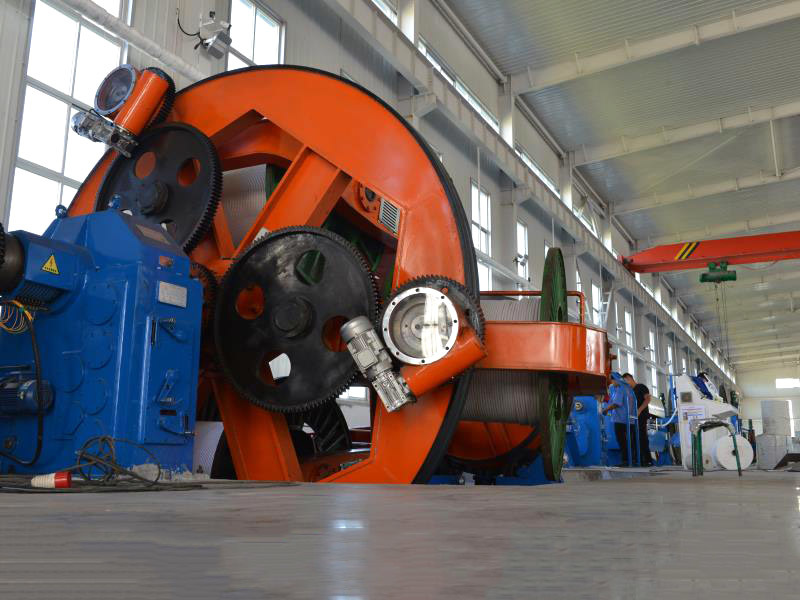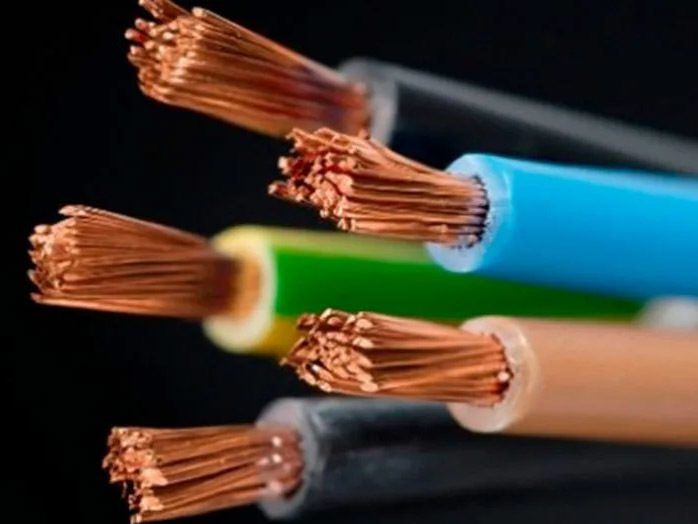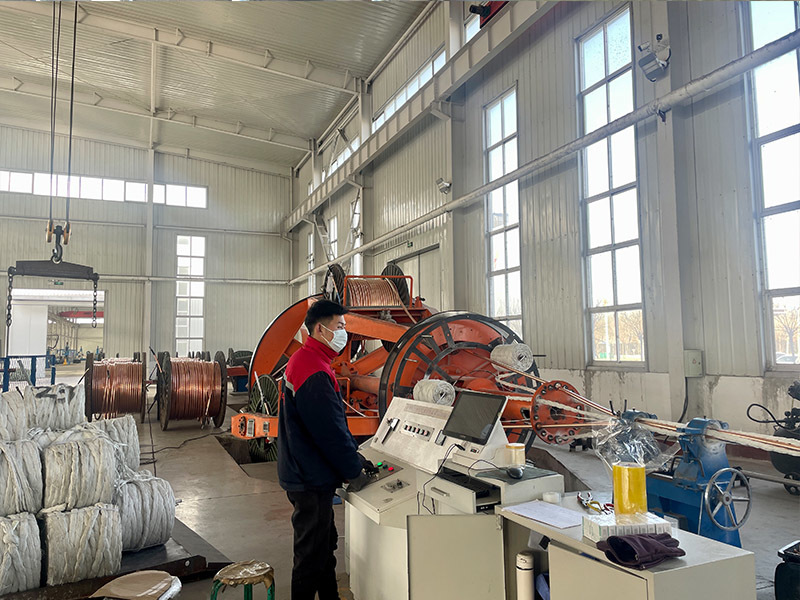How can one truly distinguish between high-quality and low-quality cables and wires?
When discussing how to truly discern the quality of cables and wires, beyond relying on external markings or vendor descriptions, it's crucial to observe and analyze the product's actual quality.
First, examine the basic material composition. High-quality cables and wires typically use high-purity metal conductors and insulating materials to ensure excellent electrical conductivity and insulation. Conductors usually require high-quality copper or aluminum, not inferior substitutes, to ensure stable power and signal transmission. Additionally, the cable's outer sheath and jacket require high-quality materials to protect it from external environmental factors such as corrosion and high temperatures.
Next are observation points during physical examination. A high-quality cable will have a smooth, even appearance, clear markings, and no damage or cuts. It should also have a certain degree of toughness and elasticity, not being too stiff or brittle. Furthermore, the internal structure, such as the stranded wires and braiding layers, should be carefully examined. High-quality cables and wires show greater attention to detail in these aspects, ensuring durability and stability.
Finally, professional testing tools can be used for quality inspection. For example, conductivity tests and insulation resistance tests can directly reflect the quality of the cables and wires. Product certification information, such as CCC certification, can also be checked to ensure the product meets national standards and industry regulations.
In summary, discerning the quality of cables and wires is not easy and requires consideration of multiple factors. From material selection to product appearance observation and professional quality testing, every step is crucial. Only through comprehensive and in-depth understanding and observation can one truly distinguish between high-quality and inferior cables and wires. In this process, the consumer's expertise and meticulous observation play a key role.
Tag:
Next Page
Next Page:
Recommended News
Methods for testing the insulation strength of insulated wires and cables
Distinguishing between power cables and control cables requires attention to the following points
Xingzhou Cable explains the difference between flame-retardant cables and fire-resistant cables







